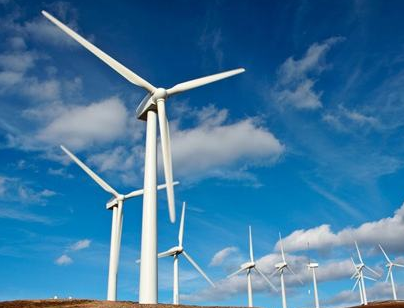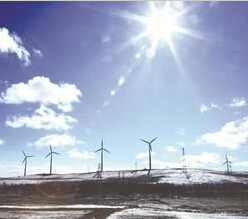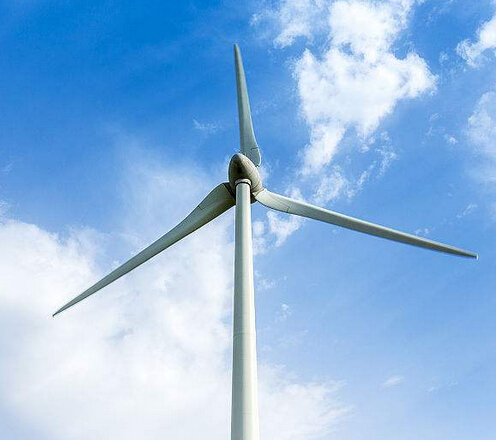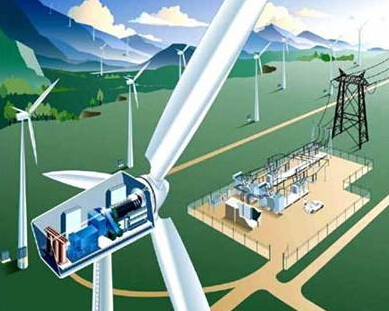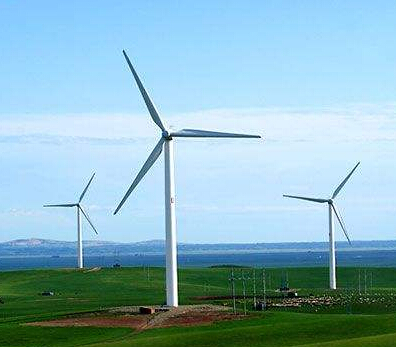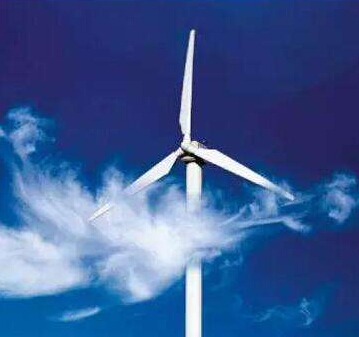China's decentralized wind power has developed slowly since its inception in 2012. However, due to the severe impact of large-scale project power cuts, the wind power industry is eager to replicate the successful experience of distributed photovoltaics. Although the total capacity of decentralized wind power is relatively small, it can be used to transport existing power grids, which has more flexibility, and thus enables effective use of scattered wind energy resources and local consumption. It is precisely because of this that China's decentralized wind power has enormous potential for development.
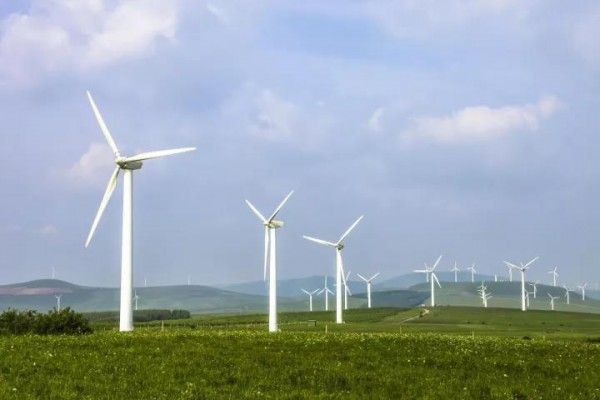
Decentralized wind power projects are a unique type of onshore wind power project in China. According to the definition of the National Energy Administration at the end of 2017, decentralized wind power refers to wind power projects with an access voltage level of 35 kV and below, which are completely consumed locally and do not transmit power to high voltage levels.
It is reported that decentralized wind power currently accounts for less than 1% of the total wind power installed capacity in China. However, for China's wind power industry that needs to improve development quality and optimize its layout, the development of decentralized wind power is to increase wind energy utilization and promote industrial development. Necessarily needed. The relative lag in its level of development is predicting great potential for development.
Although there are significant advantages, decentralized wind power has been developing slowly in China, and the installed capacity of already put into production projects is less than 1% of all wind power grid-connected capacity, which is far below the scale of European construction. In this regard, Qin Haiyan, secretary-general of the Wind Energy Professional Committee of the China Renewable Energy Society, believes that there are two main reasons for this:
First, the development of wind power in China started in the western region. Large-scale wind power development companies are accustomed to centralized development through large-scale investment. The scale of individual decentralized wind power projects is small, investment efficiency is relatively low, and the enthusiasm of enterprises is not high.
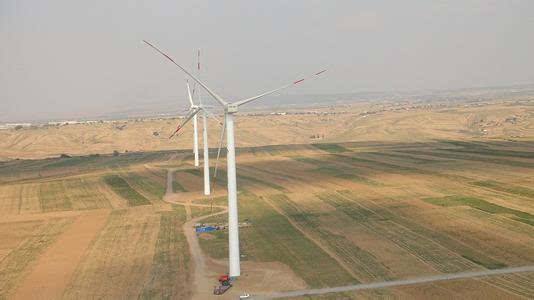
Second, decentralized wind power projects still follow the requirements and procedures for the approval of centralized development, resulting in low efficiency and increased initial costs.
In addition, China has not yet formed a relatively complete decentralized wind power technology standard system and management specification to guide the overall development of decentralized wind power. This includes the unclear definition of the concepts of wind-dispersed wind power. The current definition is too broad, and it easily leads to disagreement among parties. The decentralized wind power planning and power consumption studies in various provinces and regions are lagging behind and the government’s guidance is insufficient. The promotion of decentralized wind power has not been combined with the development of the county economy. In particular, the benefits of rural areas and farmers have not been effectively combined.
In order to solve the above problems, Qin Haijun believes that the development of decentralized wind power must adhere to the concepts and principles of “concentrated planning, batch approval, and integration with local economic development”.
First of all, decentralized wind power projects are decentralized and small in scale, and must be planned in a centralized manner so as to achieve economical and efficient management and ensure the orderly development of projects.
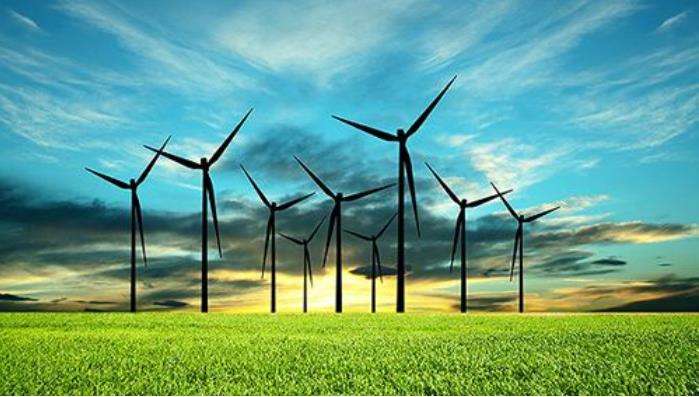
Second, the project should be packaged and approved in the county area to simplify the preliminary procedures and avoid unnecessary costs.
Finally, we can learn from the experience of wind power development in foreign communities, increase local participation through land equity and PPP models, and combine the development of decentralized wind power projects with local tourism development, specialty town construction, and people’s livelihood improvement projects. Local communities and residents effectively benefit from it and promote local economic and social development.
According to reports, according to the “Thirteenth Five-Year Plan” for wind power development, by the end of 2020, the annual power generation of wind power should be guaranteed to reach 420 billion kilowatt-hours, accounting for about 6% of the country’s total electricity generation. Immediately after the National Energy Administration issued the “Relevant Requirements for Accelerating the Construction of Decentralized Access Wind Power Projects” issued in mid-2017, it was proposed that decentralized access to wind power projects would not be subject to the requirements of the annual guidance scale, and be considered as decentralized wind power. The key sign into the fast lane.
The “2018 Energy Work Guidance Guidance Notice” published in March further pointed out the direction for the development of wind power: focus on solving the problem of clean energy consumption, giving priority to the development of decentralized wind power. From the demand side, the focus of wind power development in China is gradually shifting to central and eastern China. Decentralized wind power is the new main force. With the characteristics of near-load consumption and short construction period, the decentralized model will continue to spread as the core of wind power growth in central China. It is expected that the relevant rules for the subsequent decentralized wind power development will be introduced as soon as possible.
Obviously, despite the slow development of decentralized wind power in China in recent years, the development of decentralized wind power is a general trend. Today's decentralized wind power has policy support and market demand, and is likely to become the next industry's outlet.
















 RCCN WeChat QrCode
RCCN WeChat QrCode Mobile WebSite
Mobile WebSite